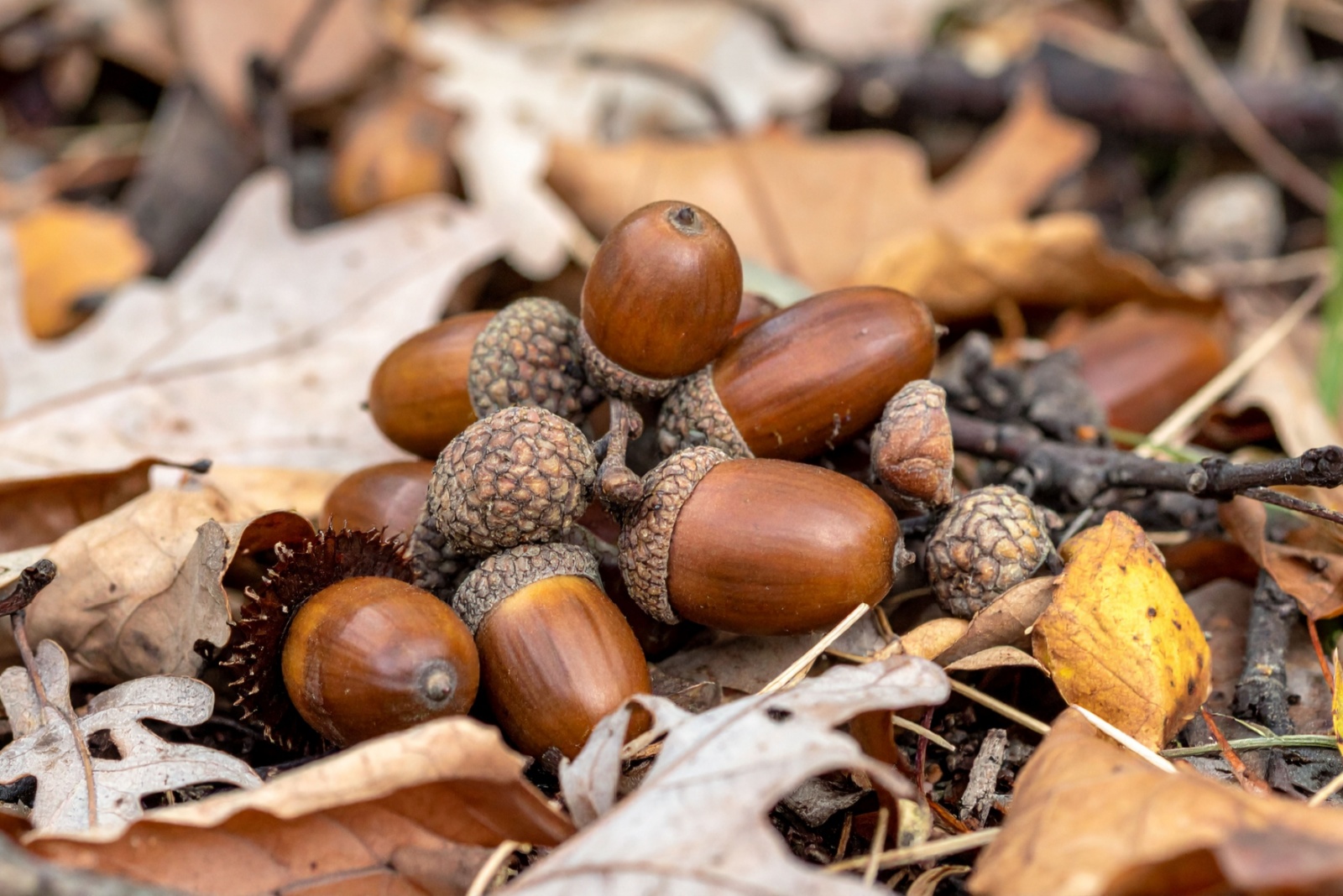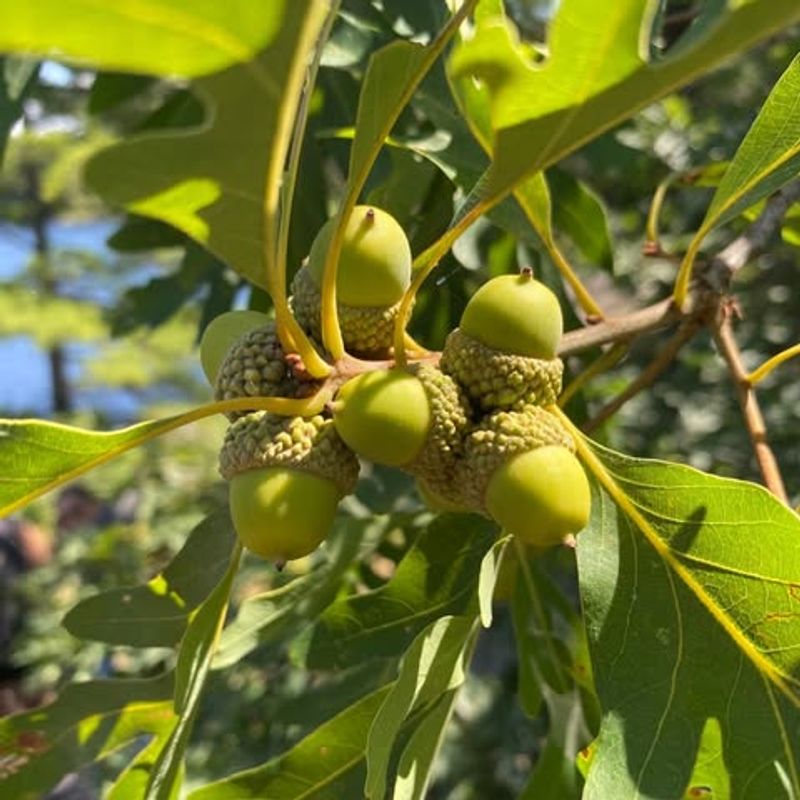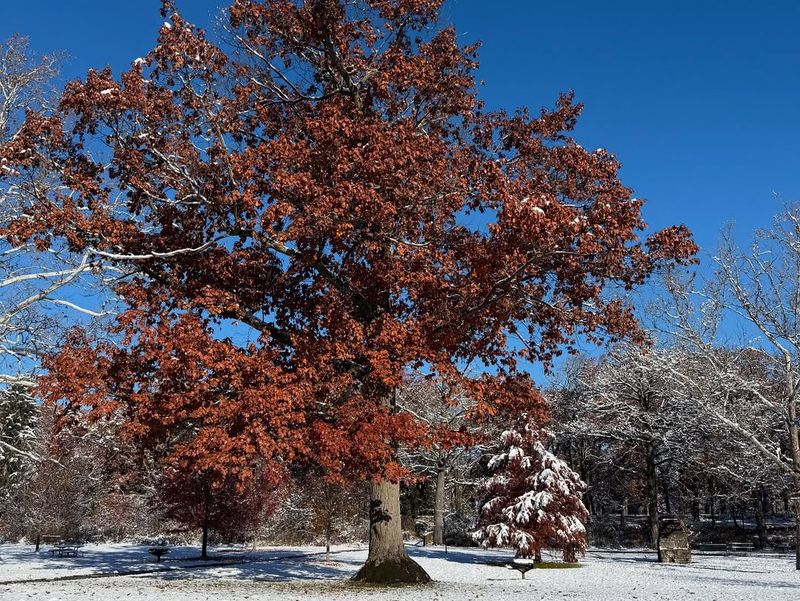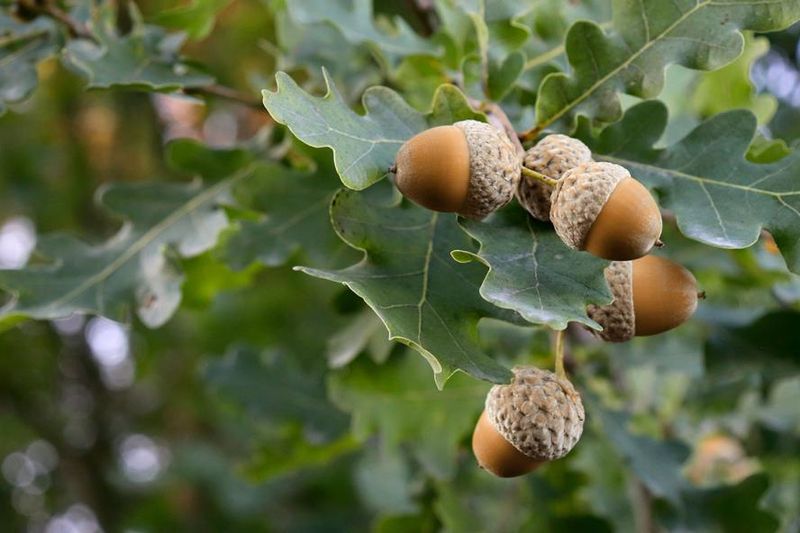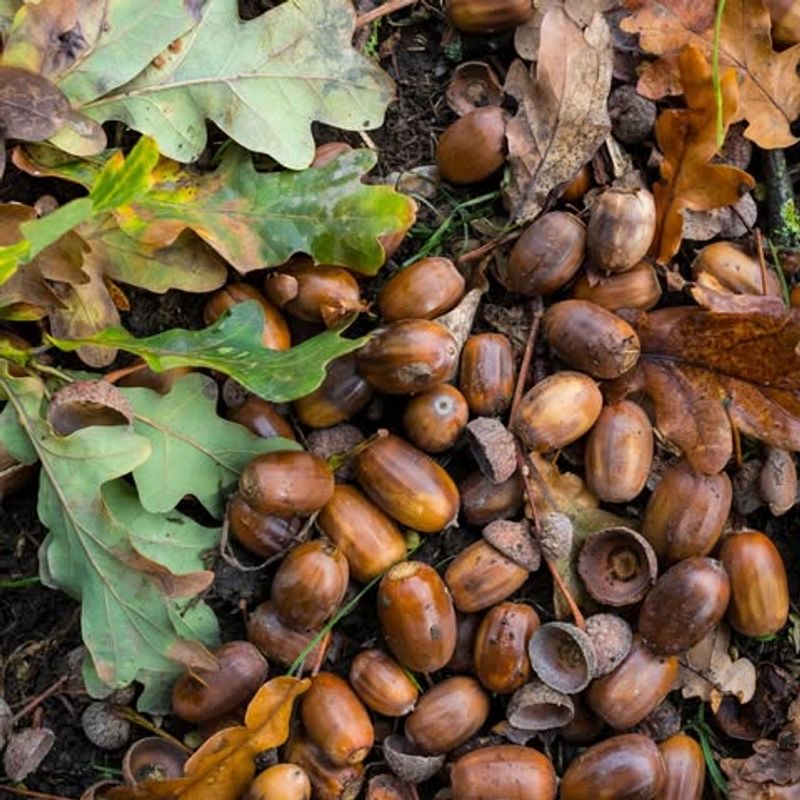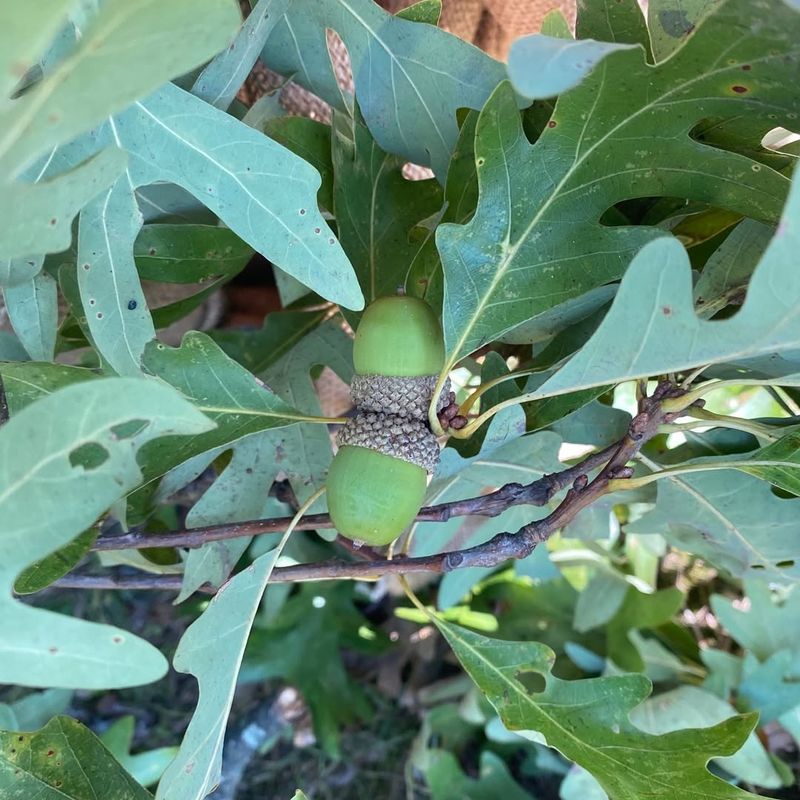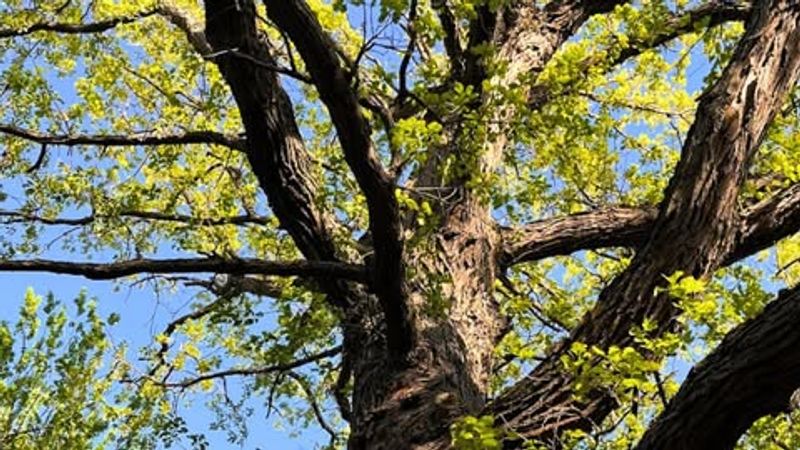Acorns seem to pop up across Michigan this year like they own the place, leaving plenty of folks scratching their heads. Oak branches drop nuts as if they hit the jackpot, and the ground tells the story loud and clear.
Boom cycles, hungry wildlife, and shifting conditions all play a hand, turning a simple stroll into an obstacle course of crunchy surprises.
This look at ten key reasons cuts through the guesswork and explains why acorns keep piling up. When trees start calling the shots, the whole landscape feels the ripple effect.
1. Perfect Spring Weather Created Ideal Growing Conditions
Spring arrived right on schedule this year with warm temperatures and plenty of sunshine. Oak trees need just the right conditions during their flowering period to produce massive amounts of acorns.
When temperatures stay mild and frost doesn’t damage the delicate flowers, pollination happens successfully. Michigan experienced exactly these perfect conditions, allowing oak trees to set a record number of acorns.
Mother Nature really delivered the goods this growing season!
2. Summer Rainfall Was Abundant And Well-Timed
Acorns need consistent moisture throughout the summer to grow big and healthy. Michigan received regular rainfall during crucial development months, giving oak trees exactly what they needed.
Unlike drought years when acorns shrivel up or drop early, this summer’s steady rain helped them mature properly. Well-watered trees produce larger, healthier acorns that make it all the way to fall.
Your local oaks were basically drinking from a perfectly timed water fountain all season long.
3. Oak Trees Went Through A Mast Year Cycle
Every few years, oak trees synchronize to produce enormous quantities of acorns all at once. Scientists call this natural phenomenon a mast year, and it’s actually a survival strategy.
By overwhelming squirrels and other animals with way more food than they can possibly eat, trees ensure some acorns survive to sprout. Michigan’s oaks decided this was their year to go all out.
It’s like nature’s version of a surprise party for wildlife!
4. Mild Winter Helped Trees Store Extra Energy
Last winter was surprisingly gentle compared to typical Michigan cold snaps. When trees don’t have to fight bitter cold and damaging ice storms, they conserve valuable energy.
That saved energy gets redirected into producing more acorns when growing season arrives. Think of it like a bank account where trees saved up resources instead of spending them on survival.
The payoff came this fall with branches practically groaning under the weight of acorns.
5. Fewer Late Frost Events Protected Early Blooms
Late spring frosts can be absolute destroyers for acorn production. When temperatures suddenly drop after trees have already started flowering, those delicate blooms get zapped.
Michigan dodged that bullet this year with frost-free conditions during the critical pollination window. Every flower that survived had the chance to become an acorn.
Your neighborhood oaks caught a serious lucky break with the weather patterns. No frost meant maximum acorn potential turned into reality!
6. Reduced Pest Pressure Allowed Acorns To Mature
Insects like acorn weevils and gall wasps can destroy huge numbers of developing acorns. For reasons scientists are still studying, pest populations were lower than average this year.
When fewer bugs attack acorns, more survive to drop in autumn. Weather patterns, natural predators, and other factors all influence insect numbers.
Whatever the reason, Michigan’s acorns got a break from their tiny enemies. More acorns made it to maturity without getting eaten from the inside out!
7. Multiple Oak Species Produced Simultaneously
Michigan is home to several oak species including red oak, white oak, and black oak. When multiple species have banner years at the same time, acorn numbers explode.
Each species responds slightly differently to weather conditions, but this year they all hit the jackpot together. Different acorn sizes and shapes from various oaks carpet the ground.
It’s like every oak variety in the state decided to throw an acorn festival simultaneously!
8. Strong Pollination Winds Spread Pollen Effectively
Oak trees rely on wind to carry pollen from flower to flower. Strong, steady breezes during springtime pollination make all the difference in acorn production.
Michigan experienced excellent wind patterns right when oaks needed them most. Pollen traveled efficiently between trees, fertilizing countless flowers that became acorns.
Without helpful winds, even perfect weather wouldn’t matter much. Nature’s timing worked out beautifully this year, delivering wind exactly when oaks were ready to reproduce!
9. Trees Recovered From Previous Stress Years
After producing huge acorn crops, trees often take a year or two to recover their strength. Michigan oaks had several lighter production years recently, allowing them to rebuild energy reserves.
Like athletes training for a big competition, trees needed recovery time before going all out again. Nutrients stored in roots and trunk got redirected into this year’s massive acorn production.
The wait was worth it for both trees and the critters depending on acorns!
10. Climate Patterns Aligned With Oak Tree Biology
Sometimes everything just clicks perfectly in nature. Temperature, rainfall, sunlight, and seasonal timing all aligned with what oak trees need biologically.
Michigan’s climate hit the sweet spot across multiple factors simultaneously. When weather patterns match up with a tree’s natural reproductive cycle, magic happens.
This rare alignment created ideal conditions from flower to finished acorn. Scientists love studying these perfect years because they reveal how interconnected natural systems really are!

